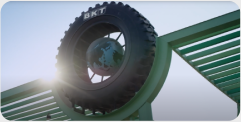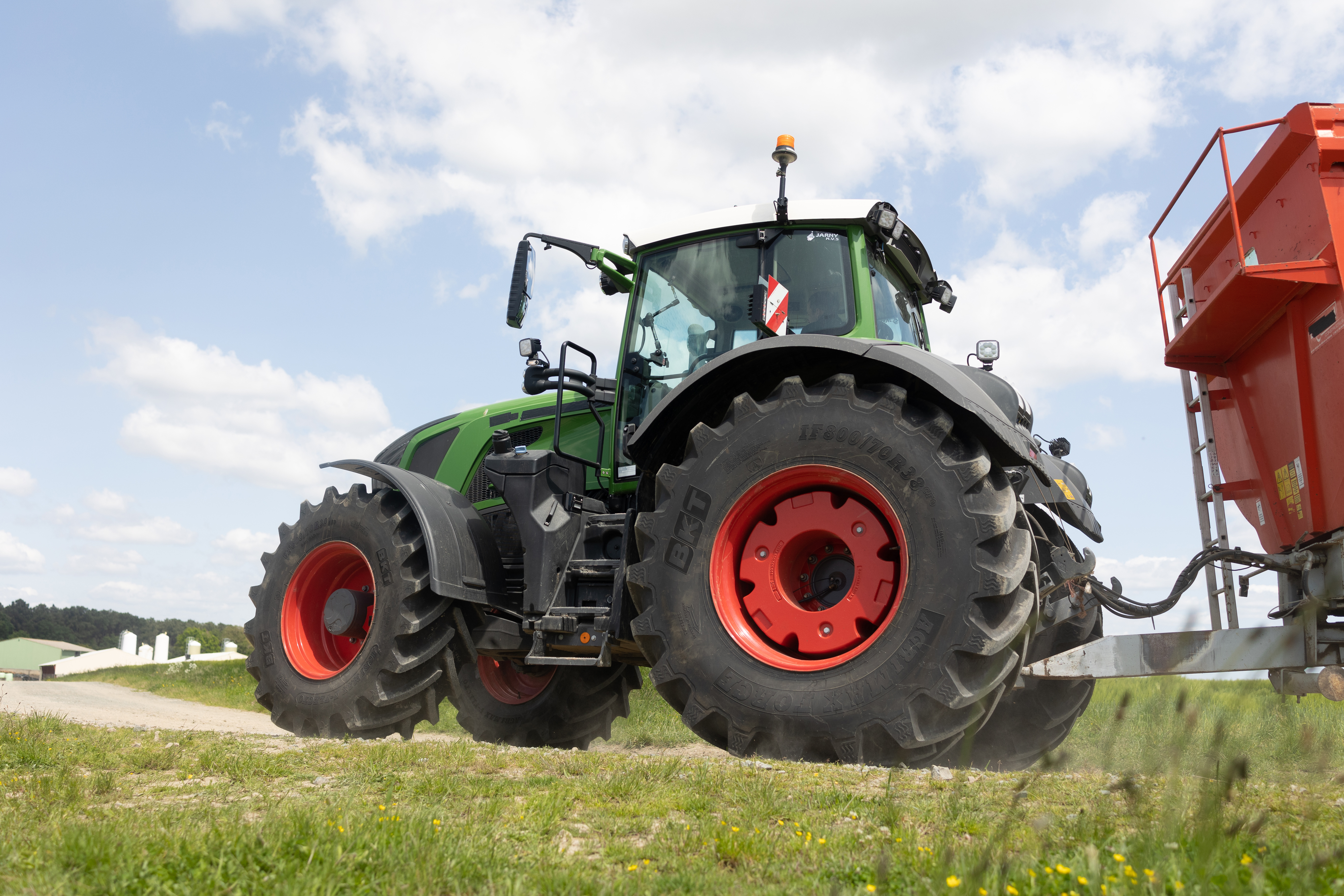The ways we purchase agricultural equipment, such as tractors, are changing. Leasing is becoming an increasingly popular option, offering a flexible alternative to buying. In this new blog post, we'll explore the current trends and what the future holds.
Compared to two decades ago, the concept of owning and using a tractor has evolved significantly. The lines between buying a new tractor, a used one, or leasing have become increasingly blurred. Agri-leasing, while not yet widespread in Europe, has gained traction in 2024 compared to five years ago. Following a post-COVID period that saw many farmers purchasing new equipment, tractor leasing is now attracting renewed interest from both operators and dealers. This shift is due to uncertainties in the agricultural sector, coupled with a lack of incentives and subsidies, which have reduced the appetite for new machinery purchases. Farmers and contractors are also facing challenges in securing credit, making the purchase of a used tractor more difficult. Finding a machine in good condition or with a reasonable number of working hours is becoming increasingly complex. While ownership was once the primary consideration, today's agricultural equipment purchases involve a more nuanced evaluation.
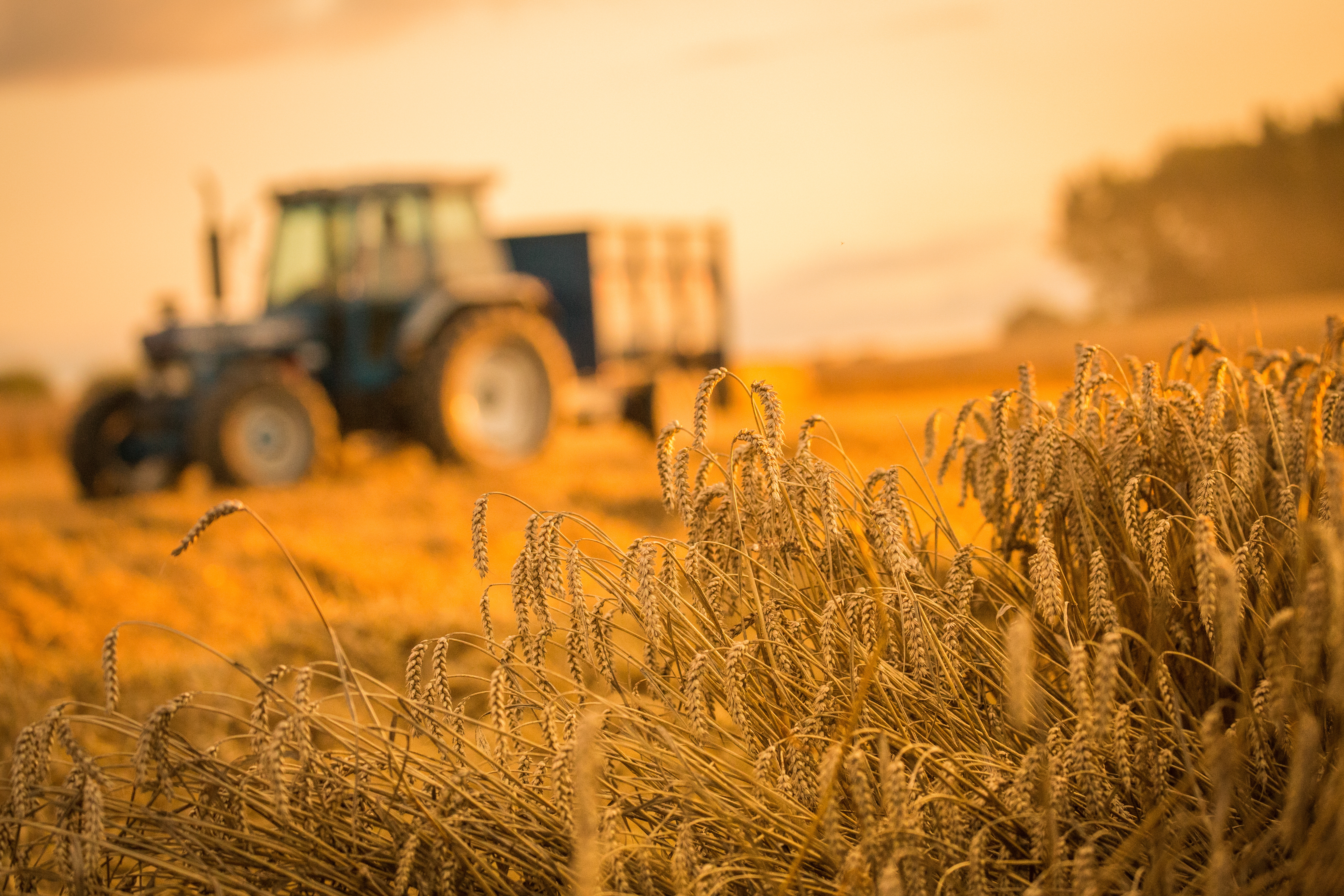
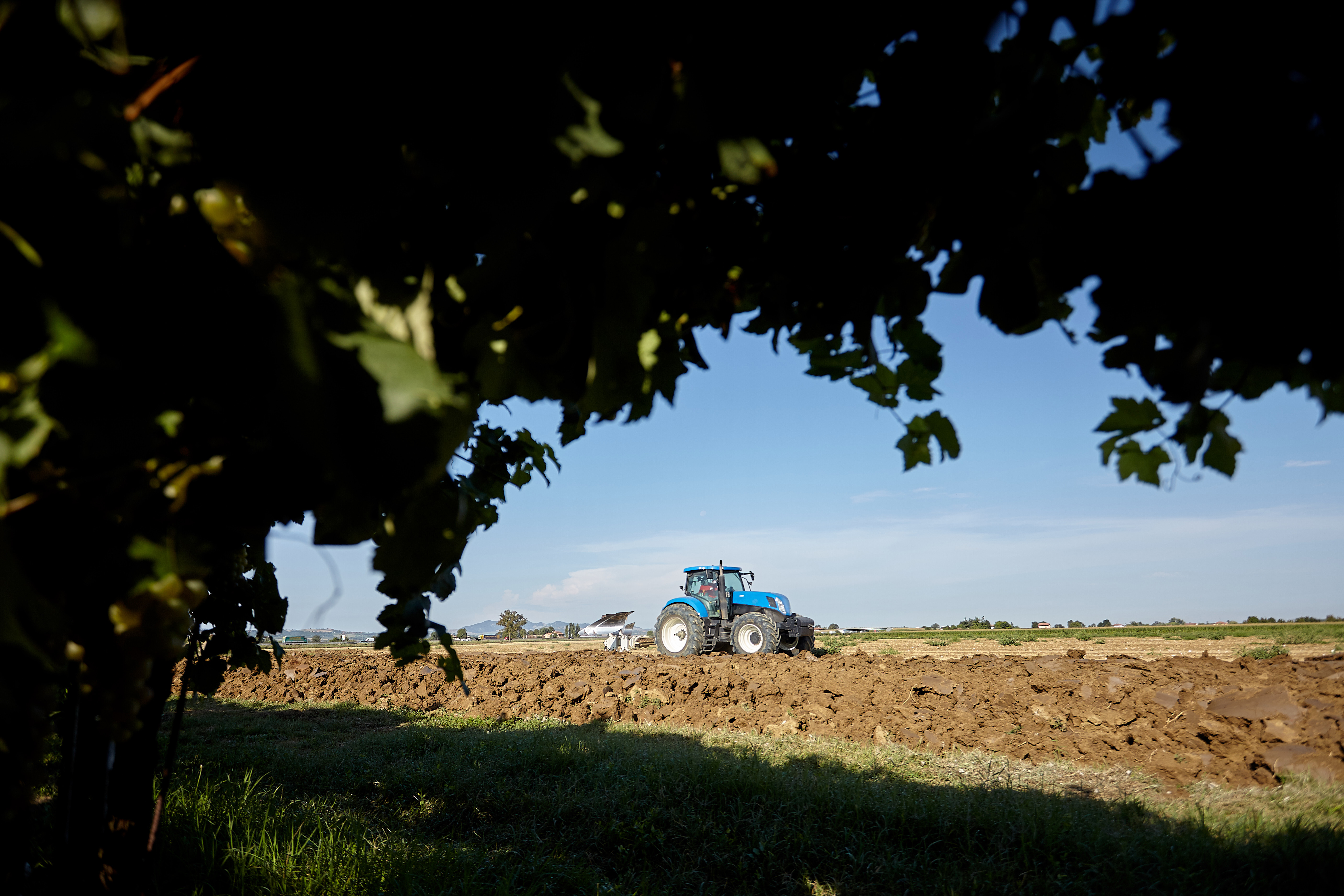
While it was once the simplest and most immediate purchase option, finding a used tractor in good condition is now challenging. To be a viable alternative to a new tractor, a used machine must meet specific criteria. Buying a used tractor can be a great opportunity for many. Those who opt for second-hand machines often do so because the cost of new equipment is prohibitive. In general, the specialized used equipment market retains good value, unlike high-end models that experience significant depreciation. Contractors are an excellent source of used machines. Their drive for technological innovation makes them a prime source of machines between 3 and 6 years old, offering attractive prices and performance for those who cannot afford new tractors. Despite these advantages, the used agricultural equipment market still faces unresolved issues, particularly in terms of establishing a standardized valuation system for machines.
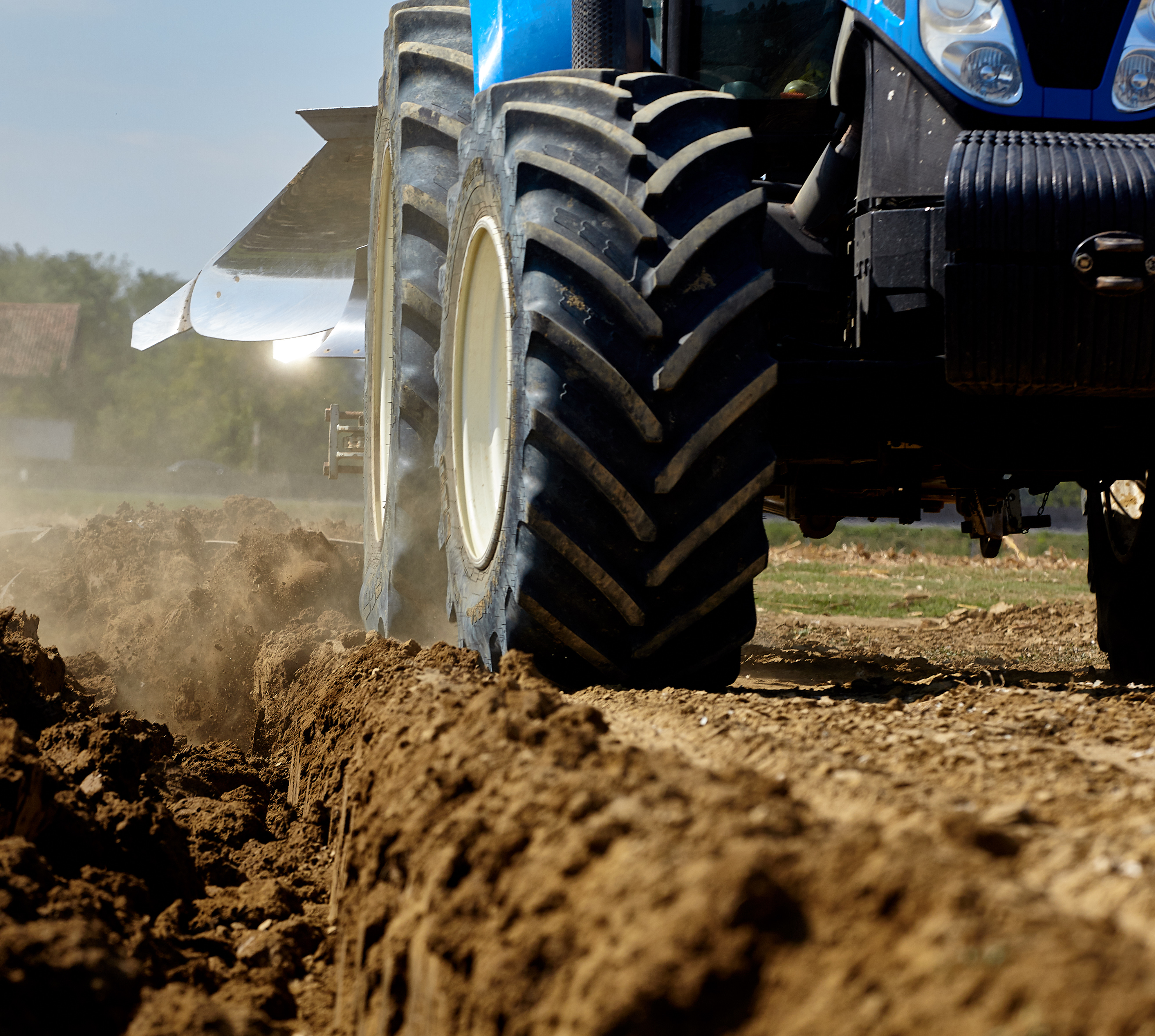
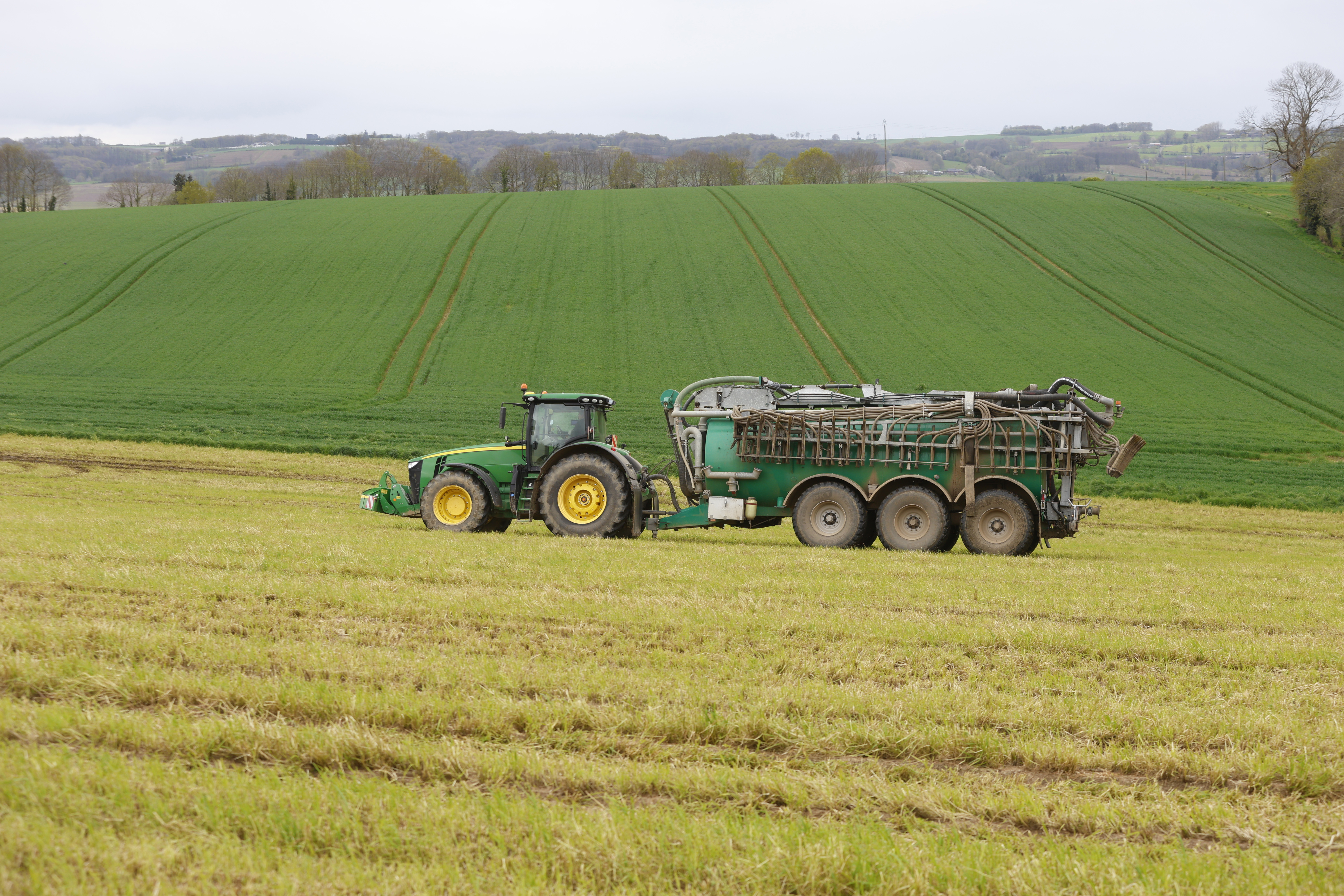
The culture of owning machinery, the ongoing debate between dealers and manufacturers, and relatively high rental costs have kept agricultural equipment leasing in the background. However, there is a growing number of dealers offering leasing services, as well as farmers and contractors who prefer this option to avoid large upfront investments. Leasing offers the flexibility to use the right machine at the right time without a significant capital outlay.
The primary advantage is predictable costs. Leasing is essentially an all-inclusive formula, eliminating unexpected maintenance, repair, or insurance costs. You only pay for the actual use of the machine. Additionally, leasing allows you to always use the latest technology, making it easier to handle seasonal peaks in workload and take on short-term contracts.
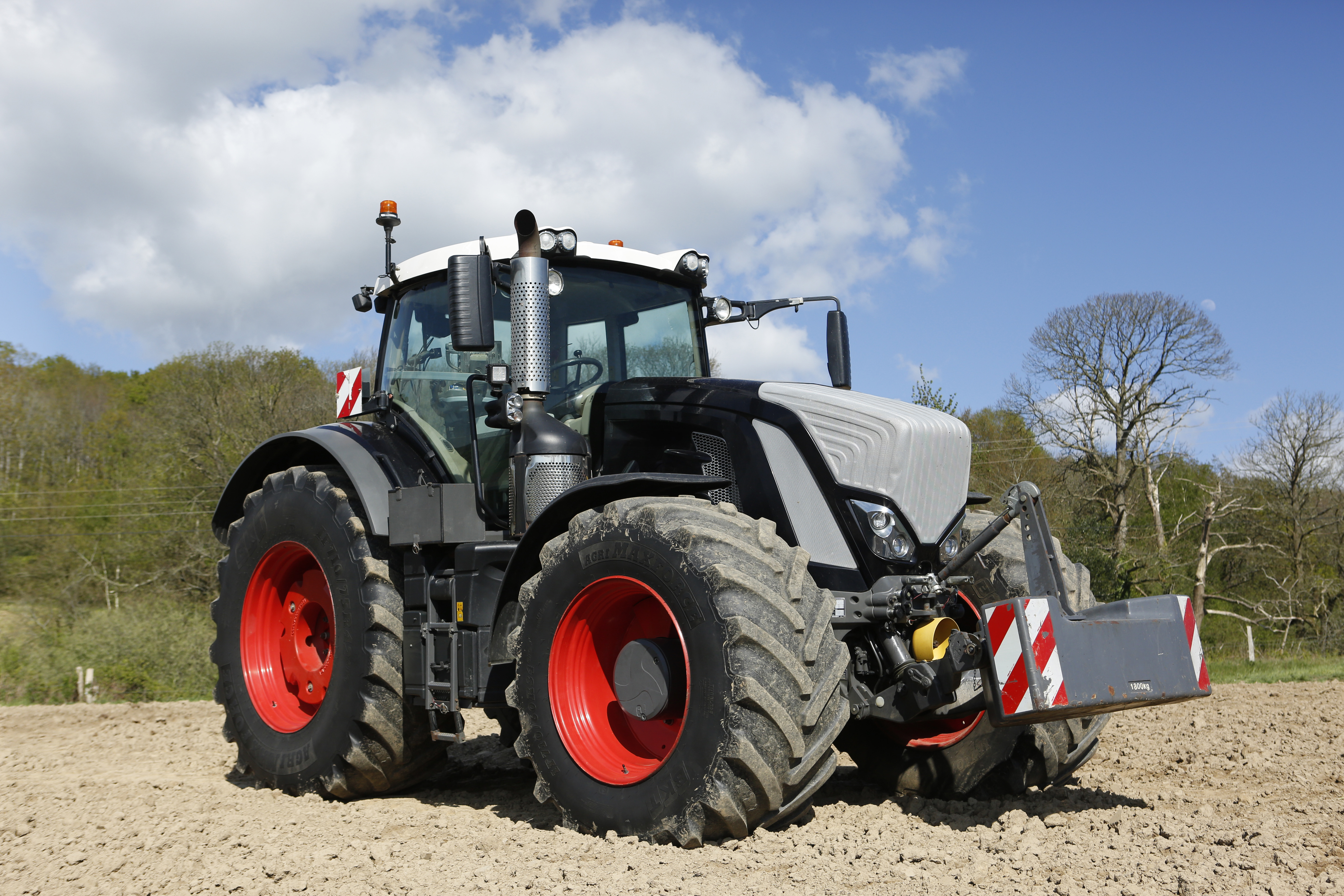
Cost remains a concern. Leasing is still considered a niche market in agriculture, with limited offerings and high rates. Another challenge is the availability of suitable machinery. The ideal rental fleet should include a variety of machines, with a focus on mid-range models. However, this is not always the case. Regardless of your decision, BKT tires are designed to meet the needs of all types of agricultural equipment. Visit our website to find the perfect solution for you!
